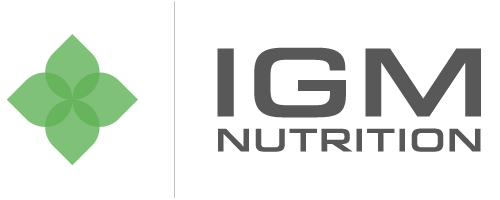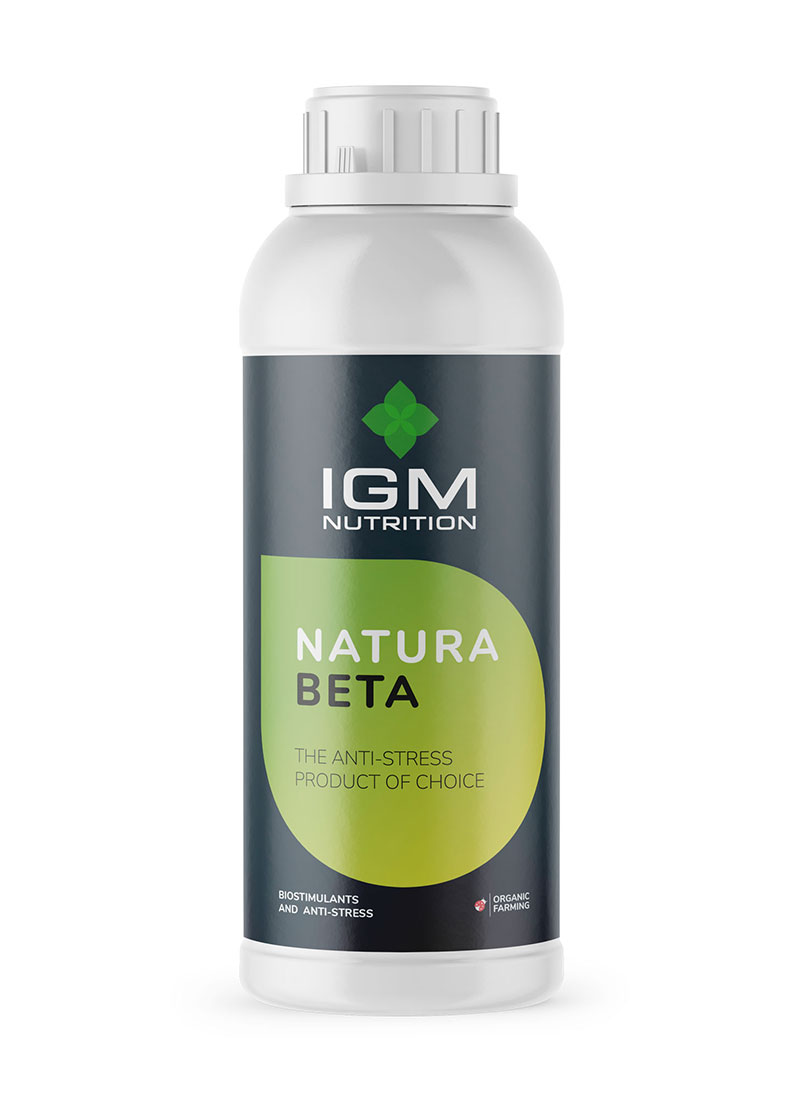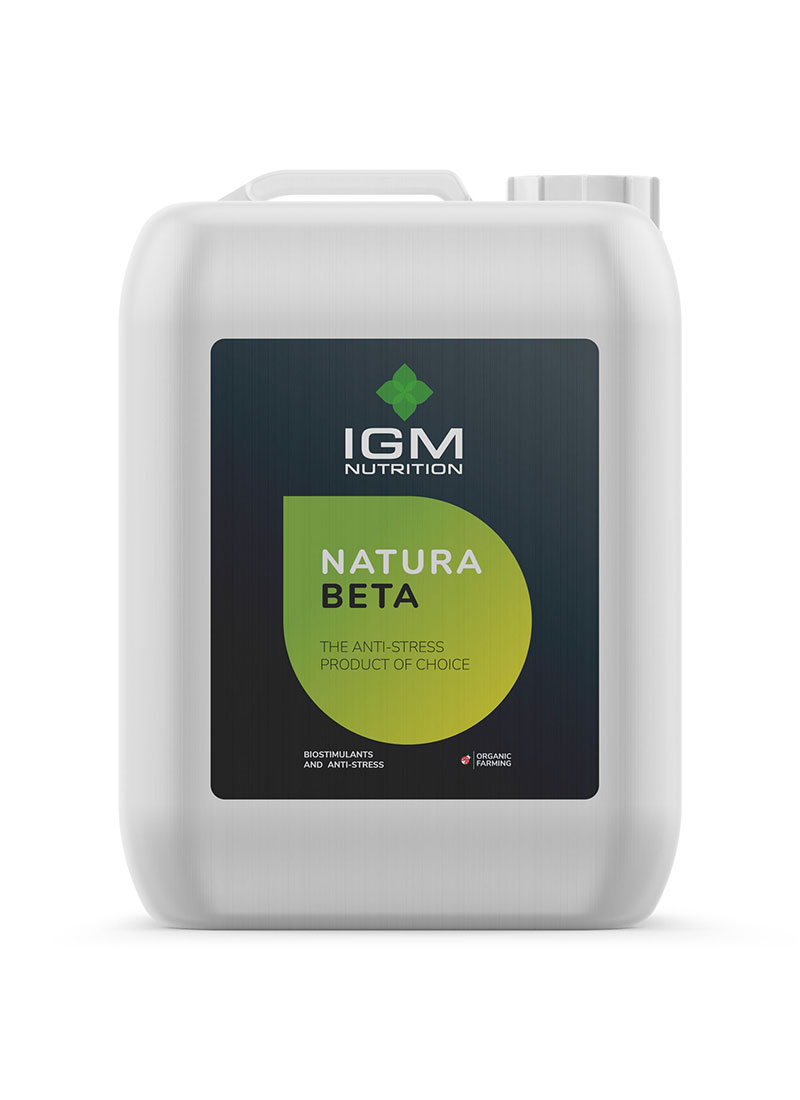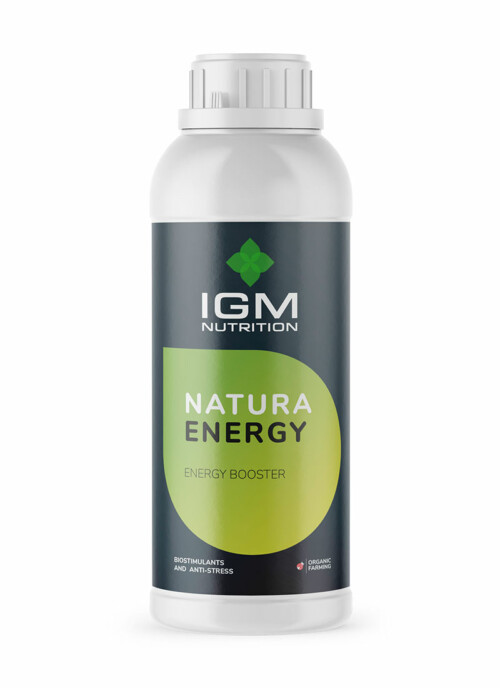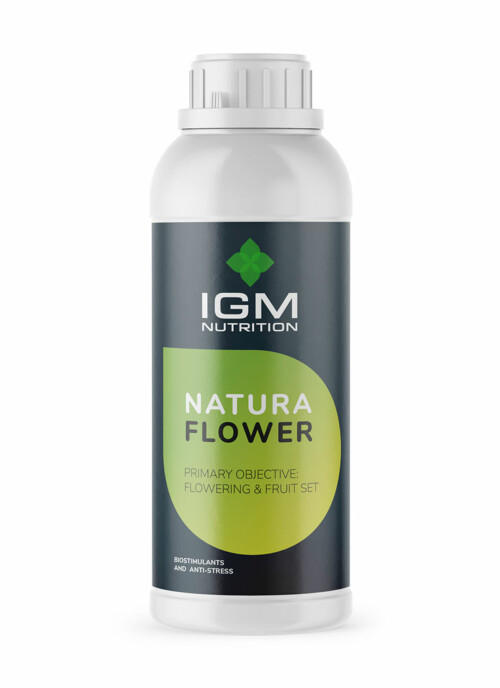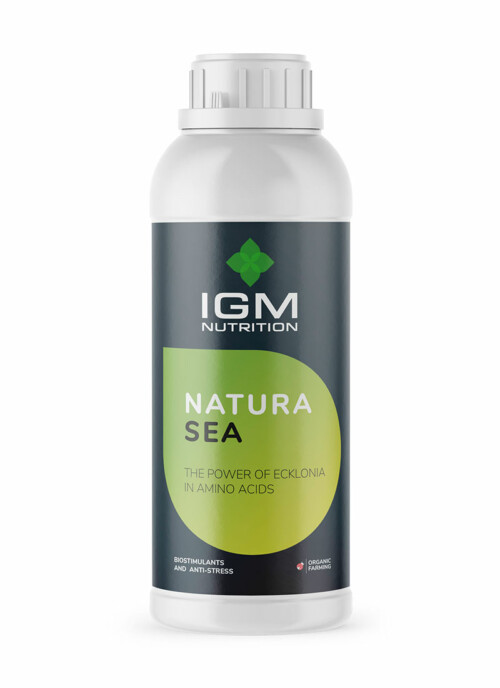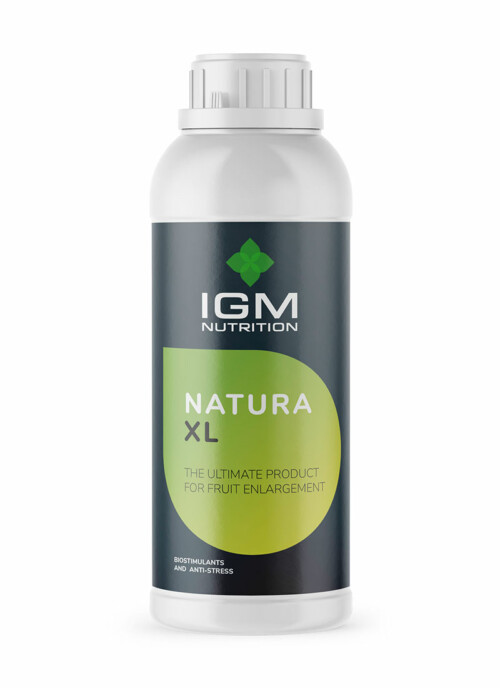Crop: Stone and pome fruits
Phenological stage: From flowering to fruit growth
Foliar application dose g/hl: 300-600
Fertigation dose Kg/ha:15-20
Notes: applications every 7-15 days
Crop: Citrus trees
Phenological stage: Flowering and fruit set
Foliar application dose g/hl: 400-600
Fertigation dose Kg/ha: 15-20
Notes: applications every 7-15 days
Crop: Actinidia
Phenological stage: From flowering to fruit growth
Foliar application dose g/hl: 400-600
Fertigation dose Kg/ha: 15-20
Notes: applications every 7-15 days
Crop: Wine and table grapevines
Phenological stage: Bunch closure and grape berry growth
Foliar application dose g/hl: 300-600
Fertigation dose Kg/ha: 15-20
Notes: applications every 7-15 days
Crop: Olive and hazel trees
Phenological stage: Post-fruit set and fruit growth
Foliar application dose g/hl: 400-600
Fertigation dose Kg/ha: 15-20
Notes: applications every 7-15 days
Crop: Fruiting vegetables
Phenological stage: Post-fruit set and fruit growth
Foliar application dose g/hl: 300-600
Fertigation dose Kg/ha: 8-15
Notes: applications every 7-15 days
Crop: Leafy vegetables
Phenological stage: During the entire growing cycle
Foliar application dose g/hl: 300-600
Fertigation dose Kg/ha: 8-15
Notes: applications every 7-15 days
Crop: Root, bulb, or tuber vegetables
Phenological stage: Starting from root, bulb, or tuber enlargement
Foliar application dose g/hl: 300-600
Fertigation dose Kg/ha: 8-15
Notes: applications every 7-15 days
Crop: Strawberries and small fruits
Phenological stage: Post-fruit set and fruit growth
Foliar application dose g/hl: 300-600
Fertigation dose Kg/ha: 8-15
Notes: applications every 7-15 days
Crop: Tomatoes for industry
Phenological stage: Post-fruit set and fruit growth
Foliar application dose g/hl: 300-600
Fertigation dose Kg/ha: 8-15
Notes: applications every 7-15 days
Crop: Industrial crops and legumes
Phenological stage: Flowering and fruit set
Foliar application dose g/hl: 300-600
Notes: applications every 7-15 days
Crop: Spring-summer cereals
Phenological stage: Post-emergence and stem extension
Foliar application dose g/hl: 300-600
Notes: applications every 7-15 days
Crop: Autumn-winter cereals
Phenological stage: Tillering and flag leaf
Foliar application dose g/hl: 300-600
Notes: applications every 7-15 days
Crop: Nursery, Ornamental Crops, and Floriculture
Phenological stage: During the entire growing cycle
Fertigation dose Kg/ha: 8-15
Notes: applications every 7-15 days
The dose is calculated based on a volume of spraying water of 8-10 hl/ha.
Application is recommended in combination with MicroSync Ca, CaMa 104, or NitraCa918 to increase calcium absorption and reduce fruit diseases.
Possible mixture with copper and sulphur on grapevines and olive trees.


